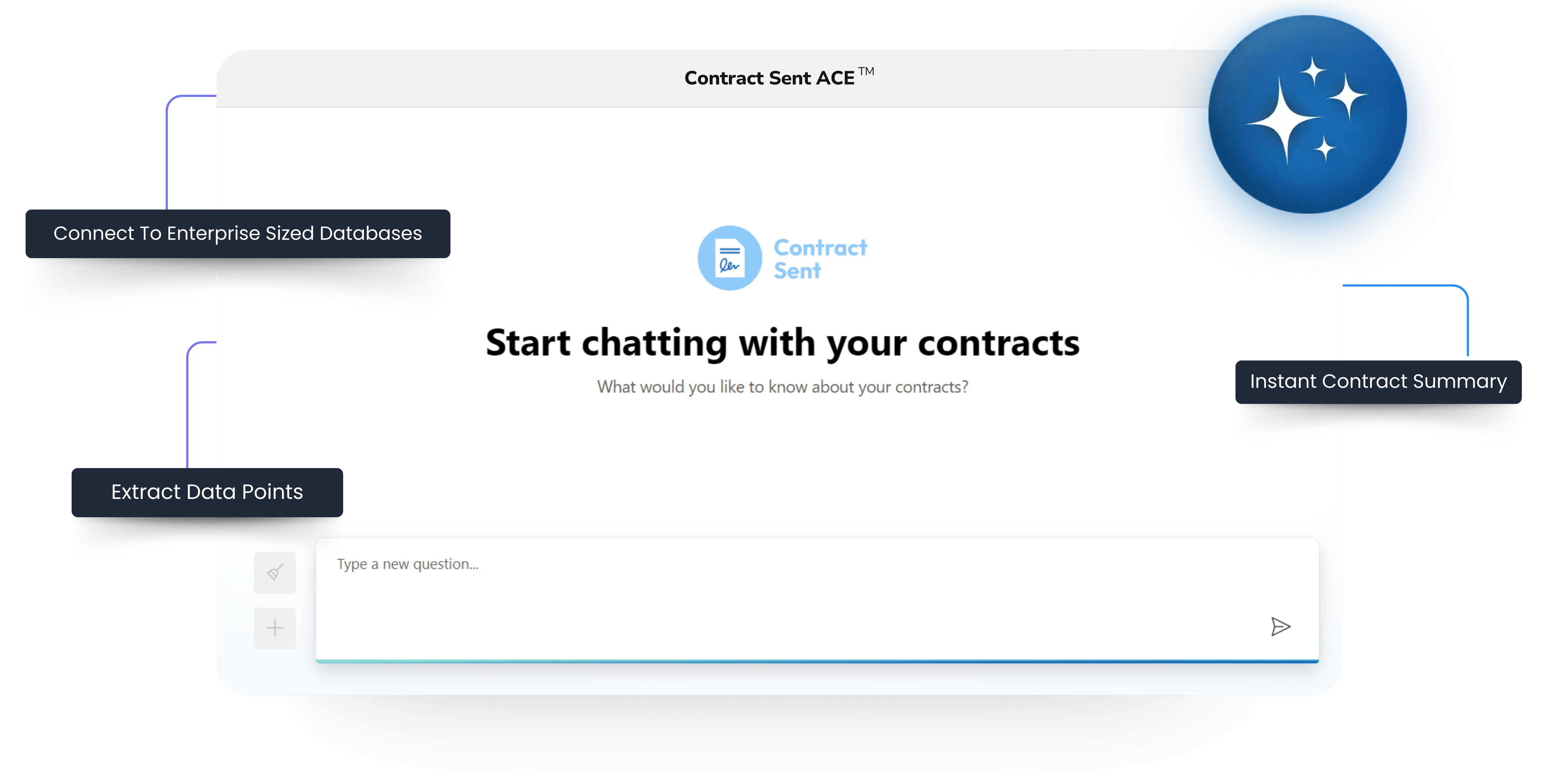As with any type of negotiation, there can be points in the negotiation process when both parties reach a stalemate. They come up against points of the contract they are simply non-negotiable for each of them. When contract negotiations break down the stalemate will slow down your sales and your growth.
Breakdowns can be caused by several things, often startup companies that are a little bit further down their journey will have clauses in their company constitution that require board approval for taking on unlimited liability, it can be caused by requests from the customer to ensure the deal can close such as feature or security requests. When this happens it’s important to understand the steps that can be taken to get the negotiation back on track.
So how do you bring contract negotiations back on track after everyone has gotten to a stalemate in their discussions? Here are our top five tips on what to do in this situation.
Invite a new party into the conversation when contract negotiations break
Sometimes during the negotiation process, the best thing you can do is have a fresh pair of eyes on what’s going on. Introducing a senior member of your team to push forward commercial decisions or inviting in a head of product or CTO can add weight to the negotiation and provide the customer with the confidence they need to make larger decisions.
Keep in mind that the invited party doesn’t even need to be on calls (although it does make it easier). But by using another party to release tension with sentences such as “I ran this past our CFO and he’s pushing me on the break clause but he was okay to concede billing frequency as long as we remove the break clause. Sorry, he’s a bit of a tough one” it can help to shift the conflict in the negotiation away from those that have been involved to date and allow them to maintain their relationship and move forwards.
Set timelines and break clauses for implementation
There are several times as a startup that your product will be ‘not quite there yet’. You’ll be selling forward with a product that isn’t quite enterprise-ready to customers who want the service that you’re providing but have a few caveats about how they will use it. One frequent area that we have seen in early-stage startups is around security. Several enterprise customers will require a certain level of product security before rolling out their products to the wider organization. This could be SOC2 or ISO certification which takes time to implement.
One common way to get around this is to put clauses in your contract to say that the contract will start and your startup will commit to achieving the requirement of the customer by a certain date during the contract to ensure its continuation. If it is not achieved there is a break clause that allows the enterprise customer to get out of the contract. This sets a clear guideline of when and what the customer needs and will often help get over road bumps in the negotiation process.
Get past the gatekeepers
Legal teams and even champions are often the gatekeepers of legal negotiations who are given the mandate of this is what we agree on in terms of contracting and there is no room to budge, not even an inch. This is their mandate but it’s often because it’s simply what they have been told by their managers and they do not have the authority to change from this.
Getting past this relies on working very early in the sales pipeline to build a network of stakeholders in the business that you’re selling into. The more senior people involved in the conversation the more you’ll be able to have the people who are behind the gatekeepers make decisions that can push things forward.
Find ways to meet in the middle
One of the most common things that we’ve come across when seeing startups negotiate with large enterprise companies is the requirement of large enterprise companies to use their terms and conditions. This is a common cause when contract negotiations break down. It will often bring a negotiation to a grinding halt because, as you can imagine an enterprise company’s terms and conditions are very generic and will not cover the vast majority of legal requirements of them using your product.
This is one of the most common reasons for legal negotiations to get stuck. One way to get around this is to find a middle ground. The middle ground is just a blend of finding how you can take the enterprise company’s terms and conditions and attach relevant clauses to them to make it work as an agreement for your company. The most common way that we’ve seen this work in contract negotiations is to agree to the enterprise company terms and then to add specific clauses into the statement of work that will act as the specific clauses that you require for the use of your product.
In specific cases, you can use liability carve-outs to meet in the middle. These allow you to give the customer what they need while keeping what you need.
Work closer with your sales team
Salespeople are naturally built to create relationships and build consensus towards the signing of a contract. This is exactly what you want from them but it can also mean that they will shy away from difficult conversations with their leads. Often when asked if a salesperson pushed back against using the customer’s terms and conditions and put their master service agreement in front of the customer the salesperson will immediately say yes. It’s not until you dig a bit deeper into what that ‘yes’ entails that you see the salesperson having only mentioned this once and then agreeing to have their legal team review the customer’s legal instead.
Understanding that the sales team is working towards maintaining a relationship is important and successful organizations will work closely with sales teams to build out canned responses for pushback in these situations to help salespeople have the hard discussions while maintaining relationships. Stick with these tips when contract negotiations break down and you should be able to kickstart them again.












